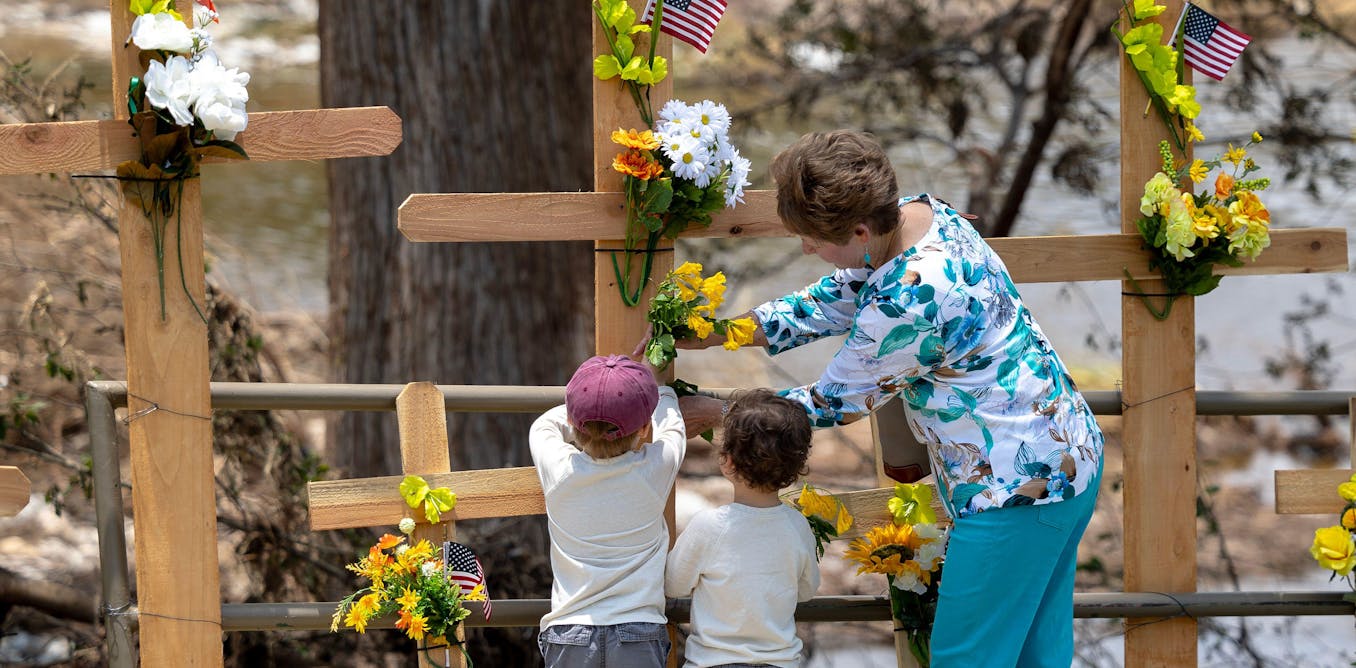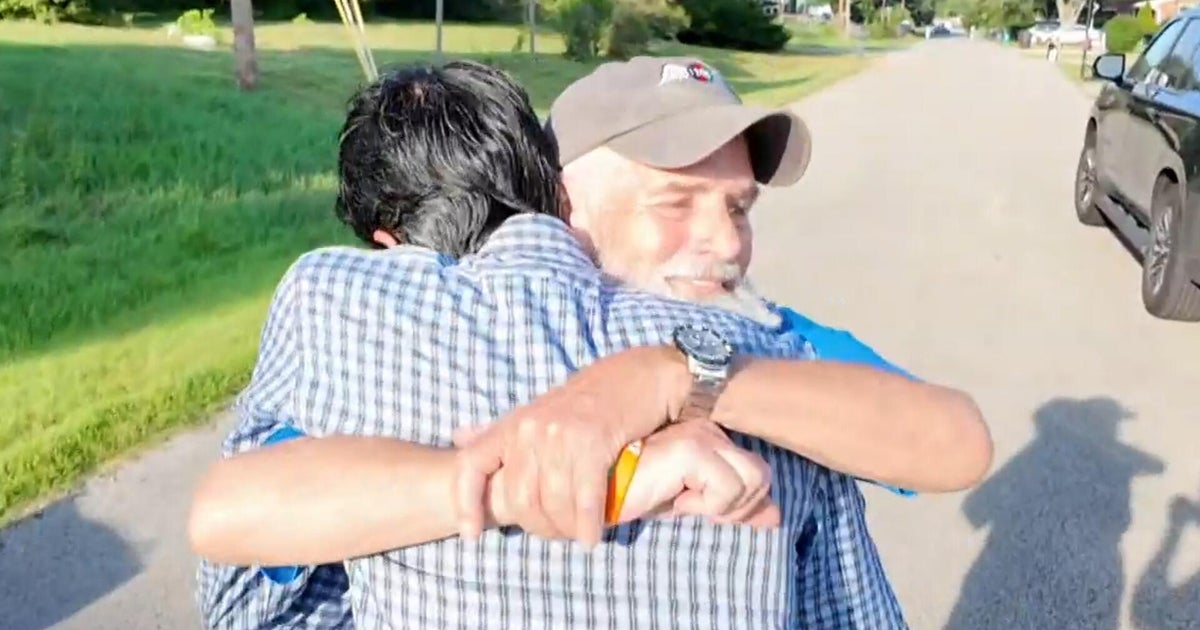Donald Trump’s campaign against the “fake news” media continues largely unchecked, with a decision that is expected to reduce reporting and close down some local news stations around the US.
This follows a House of Representatives decision on July 18 to agree with the Senate and slash US$1.1 billion (£813 million) funding to the Corporation for Public Broadcasting (CPB), which manages the money for National Public Radio (NPR), the Public Broadcasting Service (PBS) and their member stations. These cuts will affect the next two years of their operations.
There are fears that some local and rural stations will be forced to lay off staff and may even have to close, if they haven’t amassed significant cash reserves or receive other funding. Don Dunlap, the president of KEDT-TV/FM in Texas, said in an interview: “There are ten public TV stations in Texas, and we’re thinking probably six of them will close down within a year.”
Experts are warning that in national emergencies such as wild fires and floods, local news media are “absolutely essential services” – and that they may not be able to help keep citizens well informed in future. “Nearly three-in-four Americans say they rely on their public radio stations for alerts and news for their public safety,” NPR’s CEO Katherine Maher said .
Trump has had these media outlets in his sights for a while, claiming they are a waste of taxpayers’ money and are ideologically biased against Republicans – a claim denied by NPR and PBS.
Public broadcasting regularly sends out alerts related to extreme weather and emergency news. This appears particularly pertinent after the recent Texas floods which killed 135 people. Kate Riley, CEO of America’s Public Television Stations, said local news outlets provide “essential lifesaving public safety services, proven educational services and community connections to their communities every day for free”.
Republican senator from Alaska Lisa Murkowski said she recently received a tsunami warning from her local radio station after an earthquake. Murkowski has tried to introduce an amendment to reduce the cuts to local stations.
The more-than-1,000 NPR stations around the US are vulnerable precisely because significant funding comes from federal sources. According to figures from news organisation Politico: “Approximately 19% of NPR member stations count on CPB funding for at least 30% of their revenue.”
Ed Ulman, president and CEO of Alaska Public Media, told Politico that over a third of public media stations in his state will shut down “within three-to-six months”. He has begun a renewed public funding campaign on social media.
Even at well-funded TV stations such as Arizona PBS, owned by Arizona State University and run by its Walter Cronkite School of Journalism and Mass Communications, some curtailing of plans is afoot. The station provides daily programming to the region, and has trained generations of journalism students to enter careers in TV and radio. Following the announcement of these federal cuts, I spoke to Scott Woelfel, the station’s general manager, who said:
Arizona PBS will lose about US$2.3 million per year over the next two years. That represents around 13% of our total budget. While that is a significant percentage, its loss will not prevent us from operating. In fact, we prepared a reduced budget in the likely event that the rescission would occur, and have been operating under it since July 1 … It contains cuts across the board in an equal amount to the lost revenue.
Following these federal cuts, 60% of the station’s funding will derive from charitable giving, 16% from corporate support and a further 24% from state grants for education services. Woelfel doesn’t plan on making any staff cuts, but said some unstaffed positions will remain open indefinitely – and that the station will be “delaying major new initiatives until new funding is found”.
What happens next?
Overall, these cuts are likely to create additional “news deserts” – regions of the US which don’t have access to important local news and information.
After President Lyndon B. Johnson signed the Public Broadcasting Act of 1967 into law to give funds to public broadcasting, he said: “While we work every day to produce new goods and to create new wealth, we want most of all to enrich man’s spirit. That is the purpose of this act.” But such touching sentiments now seem old-school in this era of Trump’s loud media wars.
In the past week, the US president has also announced he would sue “the ass off” Rupert Murdoch, founder of News Corp, and the Wall Street Journal, which News Corp owns. This follows the WSJ’s publication of a story concerning a 2003 birthday letter framed around the outline of a naked woman that Trump allegedly sent to sex offender Jeffrey Epstein. Trump said the letter was fake. His US$10 billion lawsuit also takes in the WSJ’s owner, Dow Jones, and two of its reporters.
As Trump pushes forward with significant changes to the media landscape, he is no doubt hoping that friendly television stations such as Fox News – also a part of Murdoch’s empire – as well as his influencer following will stay loyal to his brand.
His Maga followers will undoubtedly be supportive of budget cuts and his anti-PBS and NPR statements. But when it comes to reporting from a flood or fire, influencers tend not to be on the ground supplying local residents with up-to-date information. Voters may find those important, and sometimes life-saving, services hard to replace.
Get your news from actual experts, straight to your inbox. Sign up to our daily newsletter to receive all The Conversation UK’s latest coverage of news and research, from politics and business to the arts and sciences.


